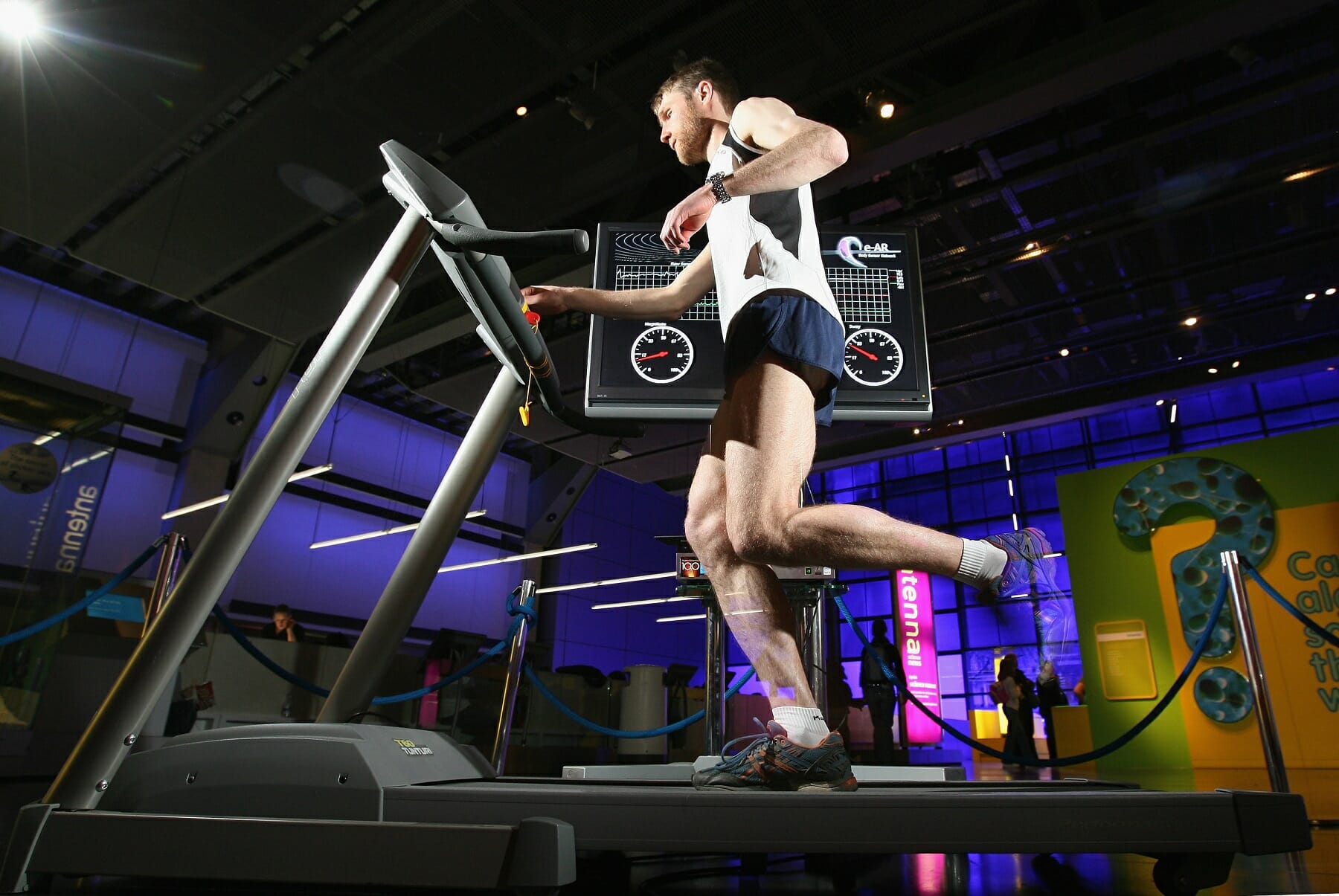In their earliest iteration, wearable devices were largely viewed as lifestyle and fitness tchotchkes. Did some of their features lend themselves to health and medical applications? Absolutely, but those potential uses were downplayed in favor of their technological and stylistic considerations, at least by the people who wrote their marketing copy.
A few short years and multiple corporate pivots later, wearables have come back into favor. However, this time around their makers are openly touting their medical-grade capabilities, to the extent of casting those capabilities as the devices’ raison d’être.
And nobody has moved more briskly to take advantage than the companies who coordinate and run clinical trials.
“[Wearables] that collect information are definitely being used. Some companies are getting very comfortable deploying them in clinical trials,” says Nelia Padilla, VP, global services global lead, digital health at IQVIA, noting “even Fitbit” has pushed forward on this particular front.
Enthusiasm around wearables within the clinical trial realm has more or less been fueled by what you’d expect: Data from these devices is culled directly from the user, rather than from the user’s own reports or recollections, or some other potentially error-prone third party. “In a lot of therapeutic areas, they’re using wearables to collect information that has never been collected in the past,” Padilla explains. “You have the potential to actually see differences, in terms of [how] not all studies do the same thing.”
[Wearables] that collect information are definitely being used. Some companies are getting very comfortable deploying them in clinical trials.
Nelia Padilla, IQVIA
In Q1 2018, Apple, Fitbit, and other makers of wearables saw sales slow. The silver lining came in the form of brisker sales of higher-priced, “smarter” wearables packed with sophisticated disease-tracking features.
According to intelligence firm IDC, worldwide shipments of wearable devices grew 1.2% during Q1 2018, with 25.1 million units shipped. That pace of growth pales against the year-ago period, which saw 18% growth over Q1 2016.
IDC attributes this growth slowdown to a decline in shipments of basic wearables. Indeed, during Q1 of this year, more fully-featured wearables saw a 28.4% surge. Not surprisingly, the message sent to wearable makers was to narrow their focus to devices equipped with broader, health-specific functionality.
Leading the charge
Apple appears to be leading the current charge. At the company’s Worldwide Developers Conference in early June, it prioritized new health-related content for its smartwatch, especially the fitness-tracking improvements made possible by the device’s LTE connectivity.
The company also teased upgrades for its in-progress Apple Health Records feature, which could soon become a separate application of its own. Indeed, since early summer, the company’s Health Records API has been opened up to all comers, allowing developers more freedom to create apps and experiences. As of mid-August, 78 hospitals and hospital systems had signed on to become a part of Apple’s Heath Records ecosystem.
Just as crucially, Apple has reportedly sat down with Aetna and other insurers to attempt to lower the cost of its advanced wearables. It is also developing tools to help both patients and medical researchers manage the tremors and dyskinesia experienced by Parkinson’s disease patients.
And then there’s Fitbit, whose recently released Versa smartwatch offers a women’s health tracking feature. The company claims the feature has amassed more than 2 million users.

Researchers dive in
All of this suggests makers of wearables with advanced health features are on board with the program. Is the industry ready to take advantage?
Concerns remain. For wearables to play a primary role in clinical research, their data would need to be validated. There’s also frustration with the FDA’s lack of concrete direction. Earlier this year, the organization issued a guidance on the types of software that are and aren’t considered medical devices. Not surprisingly, clinicians want more.
Boosters point to existing and potential benefits, including the ability to monitor certain functions continuously; a jump in the accuracy of patient-reported data; an increase in trial subject retention; and a drop in trial costs (due to a reduction in the volume of in-person clinic visits).
The research community points to two of several clinical studies that tap wearable devices for data on motor symptoms and seizures capturing attention.
BioSensics, a developer of wearable sensors for use in clinical research, received a grant from the National Institutes of Health for HDWear. The program, designed to facilitate continuous monitoring of motor symptoms in Huntington’s disease patients, also boasts a research component: In tandem with the University of Rochester Medical Center, BioSensics will evaluate HDWear “for detecting pharmacological response to anti-chorea medication or subtle motor abnormalities in the premanifest stage of Huntington’s disease,” according to a BioSensics statement.
“Huntington’s patients often have to travel long distances to be seen by clinicians. Travel can be difficult both physically and financially for them and their caregivers,” Dr. George Yohrling, the Huntington’s Disease Society of America’s senior director of mission and scientific affairs, said in the statement. “The development and eventual integration of wearable biosensors would allow for remote monitoring of a patient’s motor symptoms.”
Then there’s the similarly ambitious Johns Hopkins EpiWatch study and app for epileptics. The EpiWatch app for the Apple Watch will help patients and their caregivers track seizures and triggers, medications, and side effects.
The study, which began nearly three years ago, uses data from the Apple Watch’s gyroscope and heart rate accelerometer to track movement and shifts in heart rate during seizures. Its initial findings helped Johns Hopkins University and its tech and data partners create the app.
“Physicians often ask patients to record their seizures. But that can be hard, especially when a patient loses consciousness,” Gregory Krauss, M.D., professor of neurology at the Johns Hopkins University School of Medicine, said in a statement. “EpiWatch collects data that helps researchers better understand epilepsy, while helping patients keep a more complete history of their seizures.”
From the September 01, 2018 Issue of MM+M - Medical Marketing and Media





